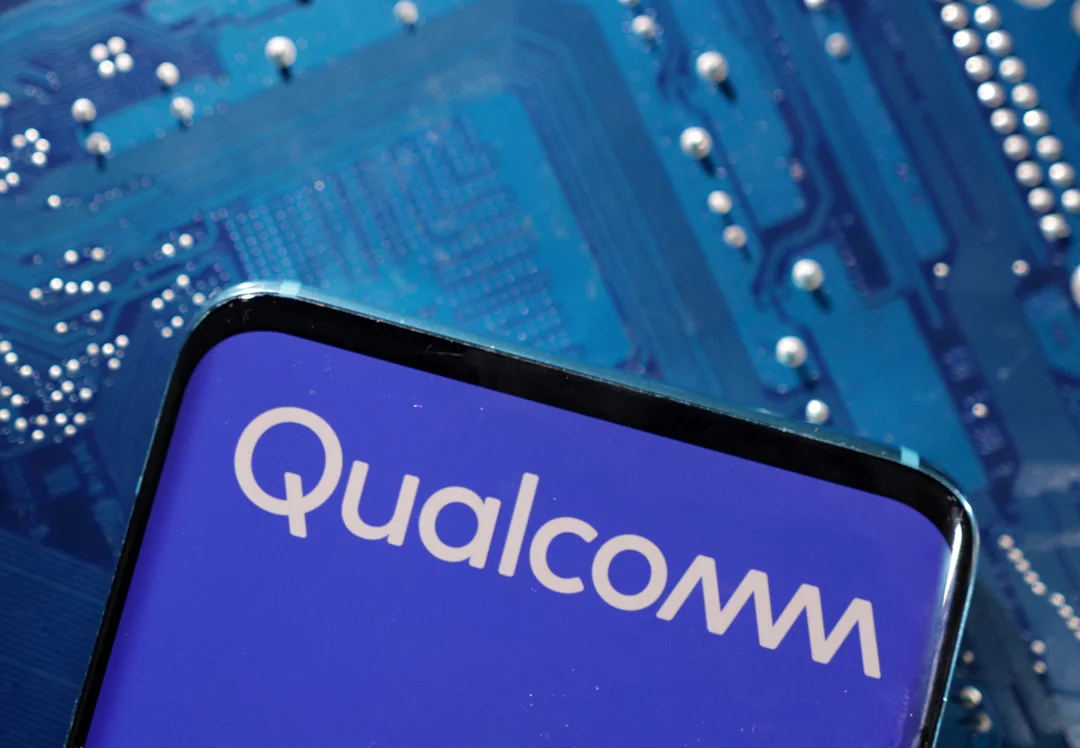
Microsoft Shrinks the Future: Inside the New Surface Pro and Laptop Designs
Microsoft is doubling down on innovation with its latest Surface devices. The tech giant recently unveiled the new smaller Surface Pro 12-inch and Surface Laptop 13-inch, showcasing a commitment to portability and performance. But it's not just about size; Microsoft is pushing the boundaries of hardware design with meticulous engineering and innovative testing methods.

Behind the sleek exteriors lies a world of rigorous testing, as revealed during a recent tour of Microsoft's Surface hardware lab in Redmond, Washington. From magnet configurations for the Surface Pen to airflow simulations with smoke, no detail is too small to perfect. The ultimate goal? To create devices that are not only compact and powerful but also durable and reliable.
Magnet Mastery and Hinge Harmony
One of the key challenges for the Surface Pro 12-inch was ensuring the Surface Pen securely attached to the rear of the tablet. Microsoft engineers experimented with various magnet combinations, using machines to measure the force required to detach the pen. This meticulous process guarantees a consistent feel and secure hold for every device. Similar testing is applied to the hinge design and magnetic keyboard, ensuring they can attach at multiple angles, a crucial aspect for smaller form factors.
Smoke Signals and Thermal Triumphs
Performance and battery life are paramount in the Qualcomm-powered Surface Laptop devices. To optimize cooling, Microsoft engineers use smoke to simulate airflow through the cooling system. This allows them to identify potential blockages and ensure optimal performance without throttling. The fan prototypes then undergo rigorous testing in a thermal chamber at 35 degrees Celsius to ensure comfortable use even under heavy load and prevent overheating.

Drop Tests and Robot Revelations
Durability is a core focus, with Microsoft subjecting its Surface devices to drop tests to validate simulation data against real-world scenarios. While dropping the Surface Pro 12-inch from two meters onto hardwood resulted in no significant damage, concrete proved a tougher challenge. Electrical discharge tests ensure electrostatic discharges won't cause software crashes or USB port failures.
Robots play a crucial role in ensuring screen reliability. Microsoft uses robots to tap the screens of its Surface prototypes 8,000 times to ensure the touch panel works flawlessly. One particular robot was even seen drawing a doodle to celebrate Microsoft's 50th anniversary, showcasing the company's playful side.

AI-Powered and Eco-Conscious
The new Surface Pro and Laptop are also Copilot+ PCs, meaning they are designed to take advantage of the latest AI capabilities. They come with Snapdragon X Plus processors, integrated NPUs and a suite of AI-powered tools to enhance productivity and creativity. Furthermore, sustainability is a key consideration, with the Surface devices incorporating recycled materials and designed for repairability.
The new Surface PCs start at $799 for the Surface Pro 12-inch and $899 for the Surface Laptop 13-inch, available starting May 20, 2025.
Microsoft's dedication to meticulous engineering and innovative testing demonstrates a clear commitment to pushing the boundaries of hardware innovation. Do these new features and rigorous testing methods make you more likely to consider the new Surface devices? Share your thoughts in the comments below!